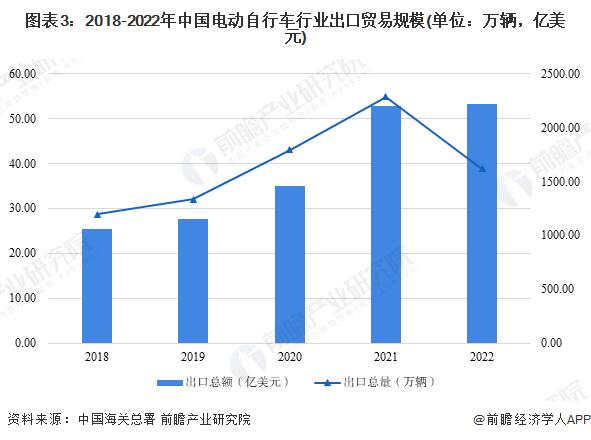
- Afrikaans
- Albanian
- Amharic
- Arabic
- Armenian
- Azerbaijani
- Basque
- Belarusian
- Bengali
- Bosnian
- Bulgarian
- Catalan
- Cebuano
- Corsican
- Croatian
- Czech
- Danish
- Dutch
- English
- Esperanto
- Estonian
- Finnish
- French
- Frisian
- Galician
- Georgian
- German
- Greek
- Gujarati
- Haitian Creole
- hausa
- hawaiian
- Hebrew
- Hindi
- Miao
- Hungarian
- Icelandic
- igbo
- Indonesian
- irish
- Italian
- Japanese
- Javanese
- Kannada
- kazakh
- Khmer
- Rwandese
- Korean
- Kurdish
- Kyrgyz
- Lao
- Latin
- Latvian
- Lithuanian
- Luxembourgish
- Macedonian
- Malgashi
- Malay
- Malayalam
- Maltese
- Maori
- Marathi
- Mongolian
- Myanmar
- Nepali
- Norwegian
- Norwegian
- Occitan
- Pashto
- Persian
- Polish
- Portuguese
- Punjabi
- Romanian
- Russian
- Samoan
- Scottish Gaelic
- Serbian
- Sesotho
- Shona
- Sindhi
- Sinhala
- Slovak
- Slovenian
- Somali
- Spanish
- Sundanese
- Swahili
- Swedish
- Tagalog
- Tajik
- Tamil
- Tatar
- Telugu
- Thai
- Turkish
- Turkmen
- Ukrainian
- Urdu
- Uighur
- Uzbek
- Vietnamese
- Welsh
- Bantu
- Yiddish
- Yoruba
- Zulu
Jan . 19, 2025 03:24 Back to list
ebike 24
Recumbent eBikes, a revolutionary step in cycling innovation, combine the comfort of a traditional recumbent bike with the modern technology of electric propulsion. The growing interest in these unique bicycles indicates their increasing popularity among cycling enthusiasts and commuters alike. This article delves into the unique experiences associated with recumbent eBikes, supported by expert insights, authoritative analyses, and trustworthy information to guide potential buyers in making informed decisions.
From an authoritative standpoint, organizations like the European Cyclists’ Federation (ECF) have acknowledged the potential of eBikes in revolutionizing urban transportation. Their reports advocate for increased infrastructure to support the growing adoption of eBikes, positioning them as a critical component in reducing urban traffic issues and supporting city sustainability goals. Trustworthy feedback from users reinforces the versatility and reliability of recumbent eBikes. John Peterson, a long-time cycling enthusiast, shares his journey of transitioning to a recumbent eBike. With a history of knee issues, John credits the low-impact nature of riding this bike with alleviating his joint discomfort, while still allowing him to enjoy his passion for cycling. Testimonials like John’s offer credible insights into the daily practicalities and benefits of using recumbent eBikes. For those considering purchasing a recumbent eBike, it is vital to consider key factors such as motor power, battery life, and overall build quality. Engaging with knowledgeable retailers or reading certified reviews ensures that potential buyers select a model that aligns with personal preferences and usage needs. Bike fitting sessions, often offered by professional bike shops, can further customize the fit for ultimate comfort and efficiency. As the cycling industry continues to innovate, recumbent eBikes stand out not only for their distinctive style but also for their integrative approach to health, environment, and practicality. Combining the benefits of ergonomic design with electric efficiency, these bikes offer a compelling case for the future of cycling. Whether for commuting, leisure, or exercise, recumbent eBikes present an engaging alternative that meets both the demands of modern urban life and the quest for healthier lifestyle choices.


From an authoritative standpoint, organizations like the European Cyclists’ Federation (ECF) have acknowledged the potential of eBikes in revolutionizing urban transportation. Their reports advocate for increased infrastructure to support the growing adoption of eBikes, positioning them as a critical component in reducing urban traffic issues and supporting city sustainability goals. Trustworthy feedback from users reinforces the versatility and reliability of recumbent eBikes. John Peterson, a long-time cycling enthusiast, shares his journey of transitioning to a recumbent eBike. With a history of knee issues, John credits the low-impact nature of riding this bike with alleviating his joint discomfort, while still allowing him to enjoy his passion for cycling. Testimonials like John’s offer credible insights into the daily practicalities and benefits of using recumbent eBikes. For those considering purchasing a recumbent eBike, it is vital to consider key factors such as motor power, battery life, and overall build quality. Engaging with knowledgeable retailers or reading certified reviews ensures that potential buyers select a model that aligns with personal preferences and usage needs. Bike fitting sessions, often offered by professional bike shops, can further customize the fit for ultimate comfort and efficiency. As the cycling industry continues to innovate, recumbent eBikes stand out not only for their distinctive style but also for their integrative approach to health, environment, and practicality. Combining the benefits of ergonomic design with electric efficiency, these bikes offer a compelling case for the future of cycling. Whether for commuting, leisure, or exercise, recumbent eBikes present an engaging alternative that meets both the demands of modern urban life and the quest for healthier lifestyle choices.
Next:
Latest news
-
The Ultimate Kids' Four-Wheeler Experience
NewsJul.09,2025
-
The Ultimate Guide to Mountain Bikes: Gear Up for Your Ride
NewsJul.09,2025
-
The New Age of Cycling: Electric Bikes for Every Rider
NewsJul.09,2025
-
The Best Kids Bicycles: Ride in Style and Safety
NewsJul.09,2025
-
The Best 3-Wheel Scooters for Kids: Fun, Safety, and Adventure
NewsJul.09,2025
-
Revolutionize Your Ride: Affordable Electric Bikes
NewsJul.09,2025
-
Finding the Perfect Mountain Bike for Every Rider
NewsJul.09,2025



